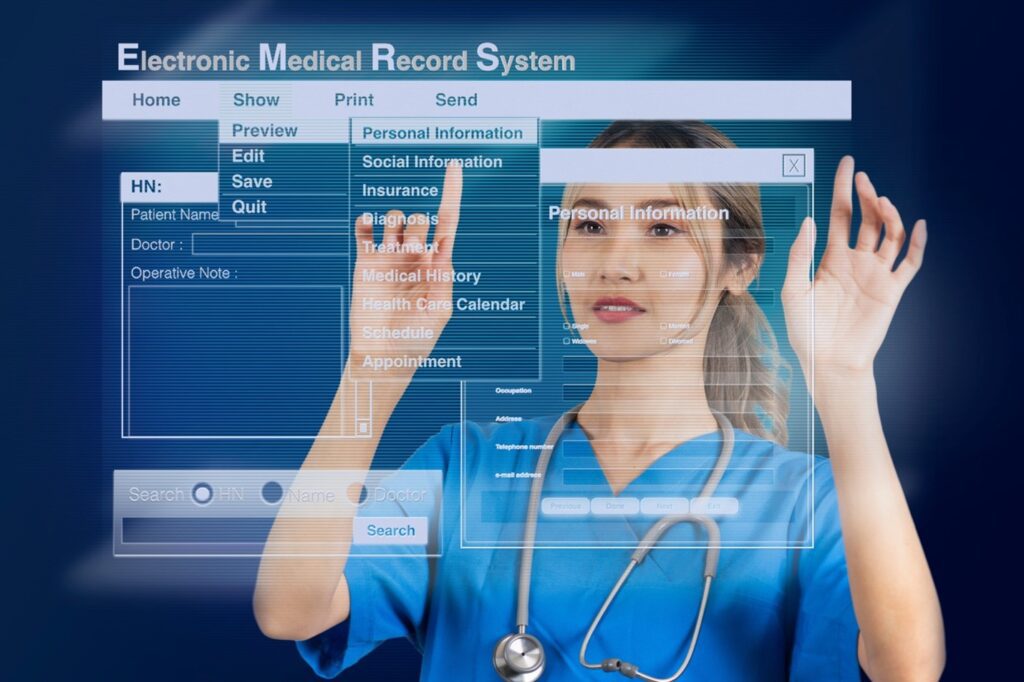The transition to a new electronic medical records (EMR) system can be downright frustrating for healthcare staff who have built fluency using another platform. While growing pains are inevitable when switching EMR solutions, the acclimation period doesn’t have to drag on indefinitely.
Here are tips for quickly getting up to speed using new EMR technology:

6 Steps to Quickly Acclimate to a New EMR System
1. Ask Questions Early and Often
Embrace rookie status from the start. Anytime you get stuck or don’t understand a workflow, speak up right away whether in training or on the job after go-live. Document questions to review later if needed. Don’t let little gaps in knowledge snowball.
2. Practice Between Trainings
Many EMR transitions involve intensive initial training, then big lags before go-live when concepts can fade. If possible, ask for sandbox system access to refresh skills between sessions. If that’s unavailable, use screen images or video clips to practice navigation, documenting, and ordering.
3. Learn EMR Shortcuts and Hot Keys
All EMR platforms inevitably have keyboard shortcuts that can greatly boost efficiency. Identify and drill the hot key combinations unique to your new system early on to trim time on frequent documentation and navigation tasks. Shortcut cheat sheets also help.
4. Structure Your EMR Workspace
Tailor the system to best suit your needs. Set up structured templates, customized macros and dot phrases, preferential orders, and personalized workspaces to cut through clutter and ease daily usage. The more you optimize system settings and tools upfront, the quicker the technology fades to the background.
5. Structure Your EMR Workspace
The adjustment period will likely impact appointment efficiency and attentiveness initially. Give yourself grace on heavier transition days. Let patients know you are actively learning a new records system and appreciate their understanding as you acclimate.
6. Speak Up About Ongoing Issues
If certain pain points using the technology persist well after go-live, continue providing structured feedback to decision makers. Be specific about workflow barriers and SA suggestions so developers know exactly which trouble spots to target.
Summary of Tips for New EMR Success
The initial productivity dip and learning curve vary from user to user when switching EMR solutions. But by actively employing strategies to get acclimated, most providers and staff reach proficiency within a few weeks to months. Set reasonable goals, tackle high-frequency workflows first, leverage available training guides, and don’t hesitate to query support teams or peers when stuck.
Soon enough the technology melts into the background, and you’ll start reaping tangible benefits — streamlined documentation, smarter decision support, improved data access to deliver better patient care. Rely on the resources available and realize the frustrations are temporary. Consistency and confidence using the new EMR system will come with time through concerted skill-building. And before you know it, you’ll have a customizable technology toolkit tailored to your unique needs as a practitioner.
Looking for work? Get connected with one of our career experts.